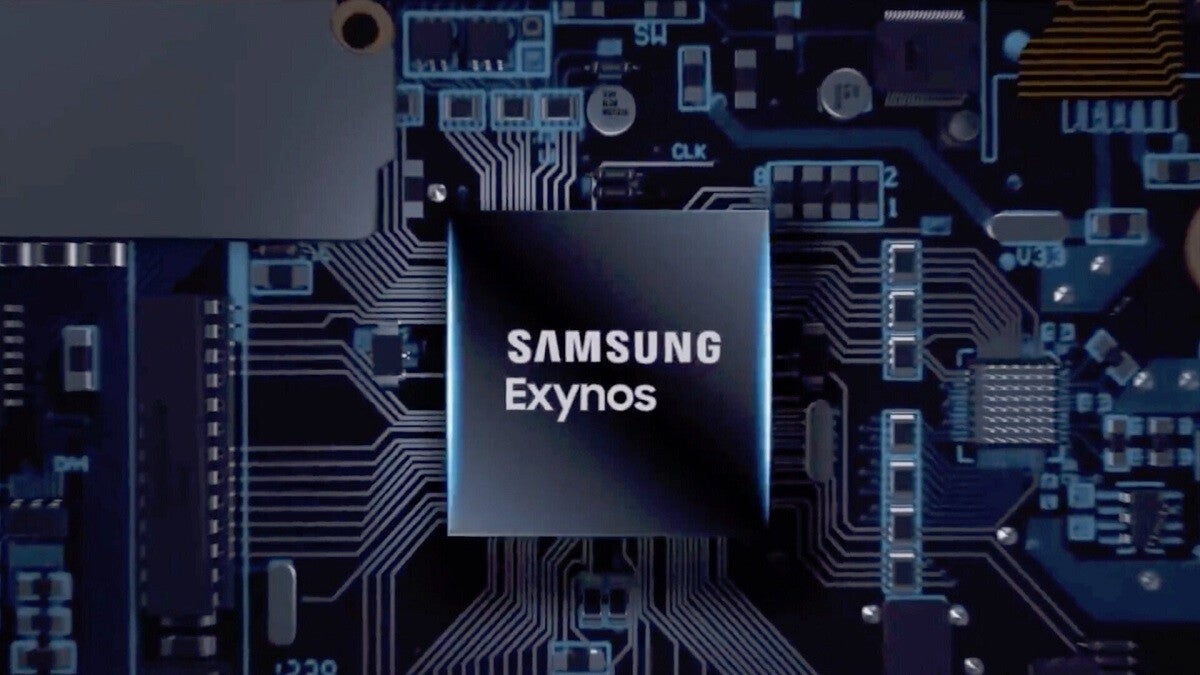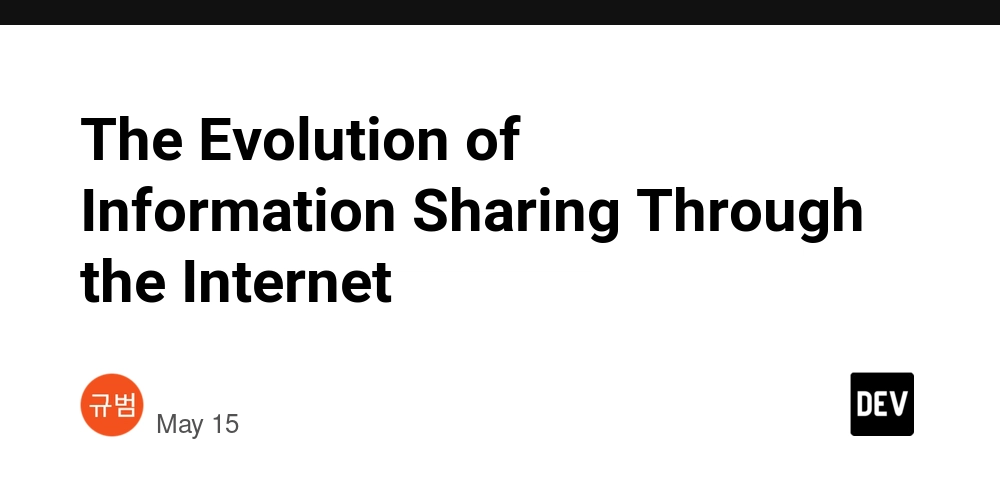VMware Fundamentals: Concord Bft
VMware Concord Bft: Securing the Distributed Enterprise with Byzantine Fault Tolerance The relentless march towards hybrid and multicloud environments, coupled with the increasing sophistication of cyber threats, has fundamentally altered the risk landscape for modern enterprises. Traditional security models, predicated on a defined perimeter, are proving inadequate in the face of distributed applications and data. Zero-trust architectures are gaining traction, but require robust mechanisms to establish trust between services, especially in environments where components may be compromised. VMware Concord Bft addresses this critical need, providing a Byzantine Fault Tolerant (BFT) consensus service designed to secure critical data and workflows across distributed systems. Enterprises in highly regulated industries like finance and healthcare are actively exploring Concord Bft to meet stringent compliance requirements and protect against advanced persistent threats. VMware’s strategic investment in this technology underscores its commitment to providing a secure foundation for the evolving enterprise. What is Concord Bft? Concord Bft is a fully managed, distributed consensus service built on a practical Byzantine Fault Tolerance (pBFT) algorithm. Unlike traditional consensus mechanisms like Raft or Paxos, pBFT is designed to tolerate malicious actors – nodes that actively attempt to disrupt the system. This makes it ideal for environments where trust cannot be assumed, such as multicloud deployments or scenarios involving third-party integrations. The service originated from a research project focused on building highly resilient and secure distributed systems. VMware acquired the underlying technology and has productized it as a core component of its broader security portfolio. At its core, Concord Bft operates as a state machine replication service. Clients submit transactions to the system, and the BFT nodes collectively agree on the order and validity of those transactions, ensuring data consistency and integrity. Technical Components: Clients: Applications or services that interact with Concord Bft to submit transactions and retrieve data. BFT Nodes: The core of the system, responsible for reaching consensus on transactions. A minimum of 3F+1 nodes are required for fault tolerance, where F is the maximum number of faulty nodes the system can tolerate. Ledger: An immutable, append-only record of all transactions processed by the system. Consensus Engine: The pBFT algorithm that drives the consensus process. Networking Layer: Secure communication channels between clients and BFT nodes. Typical Use Cases: Secure Data Sharing: Ensuring data integrity when sharing sensitive information between applications or organizations. Supply Chain Management: Tracking goods and verifying authenticity across a distributed supply chain. Digital Asset Management: Securing ownership and transfer of digital assets. Secure Voting Systems: Building tamper-proof voting platforms. Financial Transactions: Validating and recording financial transactions with high security and reliability. Why Use Concord Bft? Concord Bft solves fundamental problems related to trust and data integrity in distributed environments. Infrastructure teams struggle with securing data in motion and at rest across multiple clouds. SREs need reliable mechanisms to ensure application consistency in the face of failures. DevOps teams require secure automation pipelines. CISOs demand robust controls to mitigate the risk of data breaches and maintain compliance. Customer Scenario: Global Financial Institution A large global bank was facing challenges securing cross-border payments. They were using a complex network of intermediaries, each introducing potential points of failure and security vulnerabilities. They needed a way to ensure that payments were processed accurately and securely, even if one or more intermediaries were compromised. By deploying Concord Bft, the bank created a shared ledger that all intermediaries could access. Transactions were validated by the BFT nodes, ensuring that no fraudulent payments could be processed. This significantly reduced the risk of financial loss and improved the bank’s compliance posture. The result was a more secure, efficient, and transparent payment system. Key Features and Capabilities Byzantine Fault Tolerance: Tolerates up to F faulty nodes, where F is the maximum number of nodes that can be compromised without disrupting the system. Deterministic Finality: Transactions are finalized with absolute certainty, eliminating the risk of forks or rollbacks. High Throughput: Designed to handle a high volume of transactions with low latency. Immutable Ledger: All transactions are recorded in an immutable ledger, providing a complete audit trail. Secure Communication: Uses TLS encryption to secure communication between clien

VMware Concord Bft: Securing the Distributed Enterprise with Byzantine Fault Tolerance
The relentless march towards hybrid and multicloud environments, coupled with the increasing sophistication of cyber threats, has fundamentally altered the risk landscape for modern enterprises. Traditional security models, predicated on a defined perimeter, are proving inadequate in the face of distributed applications and data. Zero-trust architectures are gaining traction, but require robust mechanisms to establish trust between services, especially in environments where components may be compromised. VMware Concord Bft addresses this critical need, providing a Byzantine Fault Tolerant (BFT) consensus service designed to secure critical data and workflows across distributed systems. Enterprises in highly regulated industries like finance and healthcare are actively exploring Concord Bft to meet stringent compliance requirements and protect against advanced persistent threats. VMware’s strategic investment in this technology underscores its commitment to providing a secure foundation for the evolving enterprise.
What is Concord Bft?
Concord Bft is a fully managed, distributed consensus service built on a practical Byzantine Fault Tolerance (pBFT) algorithm. Unlike traditional consensus mechanisms like Raft or Paxos, pBFT is designed to tolerate malicious actors – nodes that actively attempt to disrupt the system. This makes it ideal for environments where trust cannot be assumed, such as multicloud deployments or scenarios involving third-party integrations.
The service originated from a research project focused on building highly resilient and secure distributed systems. VMware acquired the underlying technology and has productized it as a core component of its broader security portfolio.
At its core, Concord Bft operates as a state machine replication service. Clients submit transactions to the system, and the BFT nodes collectively agree on the order and validity of those transactions, ensuring data consistency and integrity.
Technical Components:
- Clients: Applications or services that interact with Concord Bft to submit transactions and retrieve data.
- BFT Nodes: The core of the system, responsible for reaching consensus on transactions. A minimum of 3F+1 nodes are required for fault tolerance, where F is the maximum number of faulty nodes the system can tolerate.
- Ledger: An immutable, append-only record of all transactions processed by the system.
- Consensus Engine: The pBFT algorithm that drives the consensus process.
- Networking Layer: Secure communication channels between clients and BFT nodes.
Typical Use Cases:
- Secure Data Sharing: Ensuring data integrity when sharing sensitive information between applications or organizations.
- Supply Chain Management: Tracking goods and verifying authenticity across a distributed supply chain.
- Digital Asset Management: Securing ownership and transfer of digital assets.
- Secure Voting Systems: Building tamper-proof voting platforms.
- Financial Transactions: Validating and recording financial transactions with high security and reliability.
Why Use Concord Bft?
Concord Bft solves fundamental problems related to trust and data integrity in distributed environments. Infrastructure teams struggle with securing data in motion and at rest across multiple clouds. SREs need reliable mechanisms to ensure application consistency in the face of failures. DevOps teams require secure automation pipelines. CISOs demand robust controls to mitigate the risk of data breaches and maintain compliance.
Customer Scenario: Global Financial Institution
A large global bank was facing challenges securing cross-border payments. They were using a complex network of intermediaries, each introducing potential points of failure and security vulnerabilities. They needed a way to ensure that payments were processed accurately and securely, even if one or more intermediaries were compromised.
By deploying Concord Bft, the bank created a shared ledger that all intermediaries could access. Transactions were validated by the BFT nodes, ensuring that no fraudulent payments could be processed. This significantly reduced the risk of financial loss and improved the bank’s compliance posture. The result was a more secure, efficient, and transparent payment system.
Key Features and Capabilities
- Byzantine Fault Tolerance: Tolerates up to F faulty nodes, where F is the maximum number of nodes that can be compromised without disrupting the system.
- Deterministic Finality: Transactions are finalized with absolute certainty, eliminating the risk of forks or rollbacks.
- High Throughput: Designed to handle a high volume of transactions with low latency.
- Immutable Ledger: All transactions are recorded in an immutable ledger, providing a complete audit trail.
- Secure Communication: Uses TLS encryption to secure communication between clients and BFT nodes.
- Role-Based Access Control (RBAC): Controls access to the system based on user roles and permissions.
- Key Management: Provides secure key management capabilities for encrypting and signing transactions.
- Smart Contract Support: Allows developers to deploy and execute smart contracts on the BFT network.
- Horizontal Scalability: Easily scale the system by adding more BFT nodes.
- Monitoring and Logging: Provides comprehensive monitoring and logging capabilities for tracking system performance and identifying potential issues.
- API-Driven Access: Offers a RESTful API for easy integration with existing applications.
- Integration with VMware Aria Operations: Enables centralized monitoring and alerting.
Enterprise Use Cases
Financial Services – Cross-Border Payments (250+ words): As described above, Concord Bft provides a secure and transparent platform for processing cross-border payments, reducing fraud and improving compliance. Setup involves deploying a Concord Bft cluster across the participating banks and intermediaries, configuring RBAC to control access, and integrating existing payment systems with the Concord Bft API. The outcome is a faster, cheaper, and more secure payment process. Benefits include reduced transaction fees, lower risk of fraud, and improved regulatory compliance.
Healthcare – Secure Patient Data Sharing (220+ words): Healthcare organizations need to share patient data securely while complying with HIPAA regulations. Concord Bft can be used to create a shared ledger of patient records, ensuring data integrity and preventing unauthorized access. Setup involves deploying a Concord Bft cluster within a secure enclave, integrating with existing Electronic Health Record (EHR) systems, and implementing strict access controls. The outcome is a secure and auditable platform for sharing patient data. Benefits include improved patient care, reduced risk of data breaches, and streamlined compliance.
Manufacturing – Supply Chain Traceability (280+ words): Tracking goods across a complex supply chain can be challenging. Concord Bft can be used to create an immutable record of each step in the supply chain, from raw materials to finished products. Setup involves deploying a Concord Bft cluster and integrating with IoT sensors and logistics systems. Each event (e.g., shipment, inspection, delivery) is recorded as a transaction on the ledger. The outcome is a transparent and auditable supply chain. Benefits include reduced counterfeiting, improved product quality, and faster recall times.
SaaS – Secure Application Data (210+ words): SaaS providers need to protect sensitive customer data from unauthorized access and modification. Concord Bft can be used to secure application data by replicating it across multiple BFT nodes. Setup involves integrating Concord Bft with the SaaS application and configuring RBAC to control access. The outcome is a highly available and secure data store. Benefits include improved data security, reduced downtime, and enhanced customer trust.
Government – Secure Voting Systems (260+ words): Ensuring the integrity of elections is paramount. Concord Bft can be used to build a tamper-proof voting system. Each vote is recorded as a transaction on the ledger, and the BFT nodes collectively validate the results. Setup involves deploying a Concord Bft cluster in a secure environment, integrating with voter registration systems, and implementing robust security measures. The outcome is a transparent and auditable voting process. Benefits include increased voter confidence, reduced risk of fraud, and improved election integrity.
Retail – Loyalty Program Management (230+ words): Retailers can leverage Concord Bft to manage loyalty programs securely and transparently. Points earned and redeemed by customers are recorded as transactions on the ledger, preventing fraud and ensuring accurate accounting. Setup involves integrating Concord Bft with the retailer’s loyalty program platform and POS systems. The outcome is a more secure and reliable loyalty program. Benefits include increased customer engagement, reduced fraud, and improved program efficiency.
Architecture and System Integration
graph LR
A[Client Application] --> B(Concord Bft API Gateway);
B --> C{Load Balancer};
C --> D1[BFT Node 1];
C --> D2[BFT Node 2];
C --> D3[BFT Node 3];
D1 -- Consensus --> D2;
D2 -- Consensus --> D3;
D3 -- Consensus --> D1;
D1 --> E[Immutable Ledger];
D2 --> E;
D3 --> E;
E --> F[VMware Aria Operations];
B --> G[vCenter Server];
G --> D1;
G --> D2;
G --> D3;
B --> H[NSX-T Data Center];
H --> D1;
H --> D2;
H --> D3;
style E fill:#f9f,stroke:#333,stroke-width:2px
System Integration:
- vCenter Server: Used for provisioning and managing the BFT nodes.
- NSX-T Data Center: Provides network security and micro-segmentation for the BFT cluster.
- VMware Aria Operations: Provides centralized monitoring and alerting for the BFT nodes and the overall system.
- IAM (Identity and Access Management): Integrated with existing IAM systems for authentication and authorization.
- Logging: Logs are streamed to a centralized logging platform (e.g., Splunk, ELK stack) for analysis and auditing.
- Network Flow: Secure communication between clients and BFT nodes is established using TLS encryption.
Hands-On Tutorial
This tutorial demonstrates deploying a simple Concord Bft cluster using the VMware CLI (vCLI). This is a simplified example and assumes you have a vSphere environment set up.
Prerequisites:
- vCLI installed and configured.
- vSphere environment with sufficient resources.
Steps:
- Create a Content Library: Upload the Concord Bft OVA template to a vSphere Content Library.
vicfg-lib create /vmware/concordbft my-concord-lib
vicfg-lib upload /path/to/concordbft.ova /vmware/concordbft my-concord-lib
- Deploy the OVA: Deploy three instances of the Concord Bft OVA template.
vicfg-vm provision /vmware/concordbft my-concord-lib concord-node-1
vicfg-vm provision /vmware/concordbft my-concord-lib concord-node-2
vicfg-vm provision /vmware/concordbft my-concord-lib concord-node-3
Configure Networking: Ensure the BFT nodes are on the same network and can communicate with each other.
Initialize the Cluster: Use the Concord Bft CLI to initialize the cluster. (Details on CLI commands are available in the VMware documentation). This involves specifying the addresses of the BFT nodes and configuring the consensus parameters.
Test the Cluster: Submit a simple transaction to the cluster and verify that it is successfully processed.
Tear Down: Delete the deployed VMs and remove the Content Library.
vicfg-vm destroy concord-node-1
vicfg-vm destroy concord-node-2
vicfg-vm destroy concord-node-3
vicfg-lib destroy /vmware/concordbft my-concord-lib
Pricing and Licensing
Concord Bft is typically licensed based on the number of vCPUs allocated to the BFT nodes. VMware offers different editions with varying features and support levels.
Sample Cost (Illustrative):
- Basic Edition: $50/vCPU/month
- Enterprise Edition: $100/vCPU/month
A cluster with three BFT nodes, each with 4 vCPUs, would cost approximately $600 - $1200 per month (depending on the edition).
Cost-Saving Tips:
- Right-size the BFT nodes: Choose the appropriate number of vCPUs based on your workload requirements.
- Utilize reserved instances: If you have predictable workloads, consider purchasing reserved instances to reduce costs.
- Optimize network traffic: Minimize network latency between the BFT nodes to improve performance and reduce costs.
Security and Compliance
Securing Concord Bft requires a multi-layered approach.
- Network Security: Use NSX-T Data Center to micro-segment the BFT cluster and restrict network access.
- RBAC: Implement strict RBAC policies to control access to the system.
- Key Management: Use a secure key management system to protect the encryption keys.
- Regular Audits: Conduct regular security audits to identify and address potential vulnerabilities.
- Compliance: Concord Bft is designed to support compliance with industry standards such as ISO 27001, SOC 2, PCI DSS, and HIPAA.
Example RBAC Rule:
Grant read-only access to the ledger to a specific user group:
role: ledger_reader
permissions:
- read:ledger
users:
- group: finance_team
Integrations
- VMware Aria Suite: Centralized monitoring, alerting, and automation.
- VMware NSX-T Data Center: Network security and micro-segmentation.
- VMware Tanzu: Integration with containerized applications.
- VMware vSAN: Storage for the BFT nodes.
- VMware vCenter Server: Provisioning and management of the BFT nodes.
- VMware Carbon Black: Endpoint protection for the BFT nodes.
Alternatives and Comparisons
| Feature | VMware Concord Bft | Hyperledger Fabric | AWS Managed Blockchain |
|---|---|---|---|
| Consensus Mechanism | pBFT | Raft/Kafka | Raft |
| Fault Tolerance | Byzantine | Crash Fault Tolerance | Crash Fault Tolerance |
| Security | High | Medium | Medium |
| Complexity | Moderate | High | Low |
| Managed Service | Yes | No | Yes |
| Use Cases | High-security data sharing, financial transactions | Supply chain, asset tracking | Supply chain, payments |
When to Choose:
- Concord Bft: When you need the highest level of security and fault tolerance, especially in environments where trust cannot be assumed.
- Hyperledger Fabric: When you need a highly customizable blockchain platform for complex use cases.
- AWS Managed Blockchain: When you need a simple and easy-to-use blockchain service for basic use cases.
Common Pitfalls
- Insufficient Nodes: Deploying fewer than 3F+1 nodes will compromise fault tolerance.
- Network Latency: High network latency between BFT nodes can degrade performance.
- Incorrect RBAC Configuration: Granting excessive permissions can create security vulnerabilities.
- Lack of Monitoring: Failing to monitor the system can lead to undetected issues.
- Ignoring Key Management: Poor key management practices can compromise the security of the system.
Pros and Cons
Pros:
- Highest level of security and fault tolerance.
- Deterministic finality.
- Managed service simplifies deployment and management.
- Integration with VMware ecosystem.
Cons:
- Higher cost compared to some alternatives.
- More complex to configure than some alternatives.
- Requires careful planning and implementation.
Best Practices
- Security: Implement strong network security, RBAC, and key management practices.
- Backup: Regularly back up the ledger and configuration data.
- DR: Implement a disaster recovery plan to ensure business continuity.
- Automation: Automate deployment, configuration, and monitoring tasks.
- Logging: Centralize logging for analysis and auditing.
- Monitoring: Use VMware Aria Operations or Prometheus to monitor system performance and identify potential issues.
Conclusion
VMware Concord Bft provides a powerful and secure consensus service for protecting critical data and workflows in distributed environments. For infrastructure leads, it offers a robust foundation for building zero-trust architectures. For architects, it enables the creation of highly resilient and secure applications. And for DevOps teams, it provides a secure automation platform.
To learn more, we recommend conducting a Proof of Concept (PoC) to evaluate Concord Bft in your specific environment. Explore the official VMware documentation and contact the VMware sales team to discuss your requirements.














































































































































































![[The AI Show Episode 154]: AI Answers: The Future of AI Agents at Work, Building an AI Roadmap, Choosing the Right Tools, & Responsible AI Use](https://www.marketingaiinstitute.com/hubfs/ep%20154%20cover.png)
![[The AI Show Episode 153]: OpenAI Releases o3-Pro, Disney Sues Midjourney, Altman: “Gentle Singularity” Is Here, AI and Jobs & News Sites Getting Crushed by AI Search](https://www.marketingaiinstitute.com/hubfs/ep%20153%20cover.png)






























































































































































































![GrandChase tier list of the best characters available [June 2025]](https://media.pocketgamer.com/artwork/na-33057-1637756796/grandchase-ios-android-3rd-anniversary.jpg?#)














































.png?width=1920&height=1920&fit=bounds&quality=70&format=jpg&auto=webp#)





















_Frank_Peters_Alamy.jpg?width=1280&auto=webp&quality=80&disable=upscale#)

















































































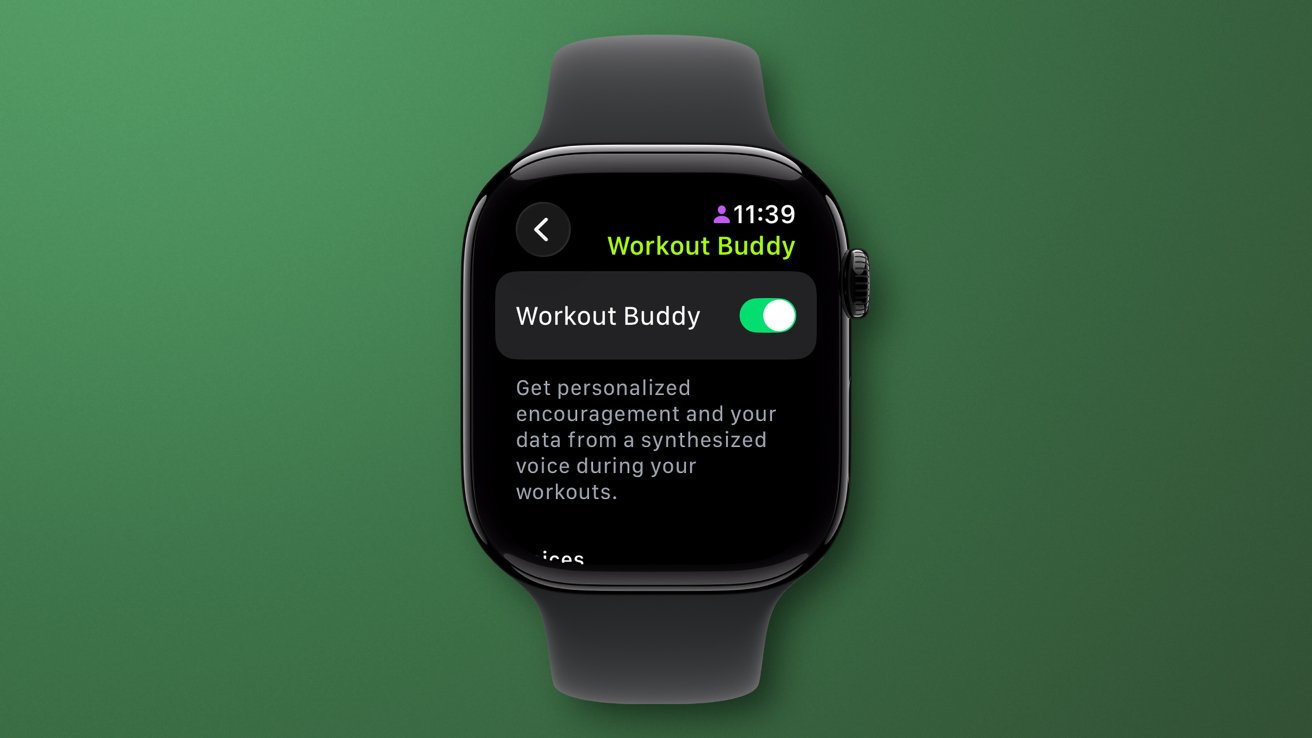


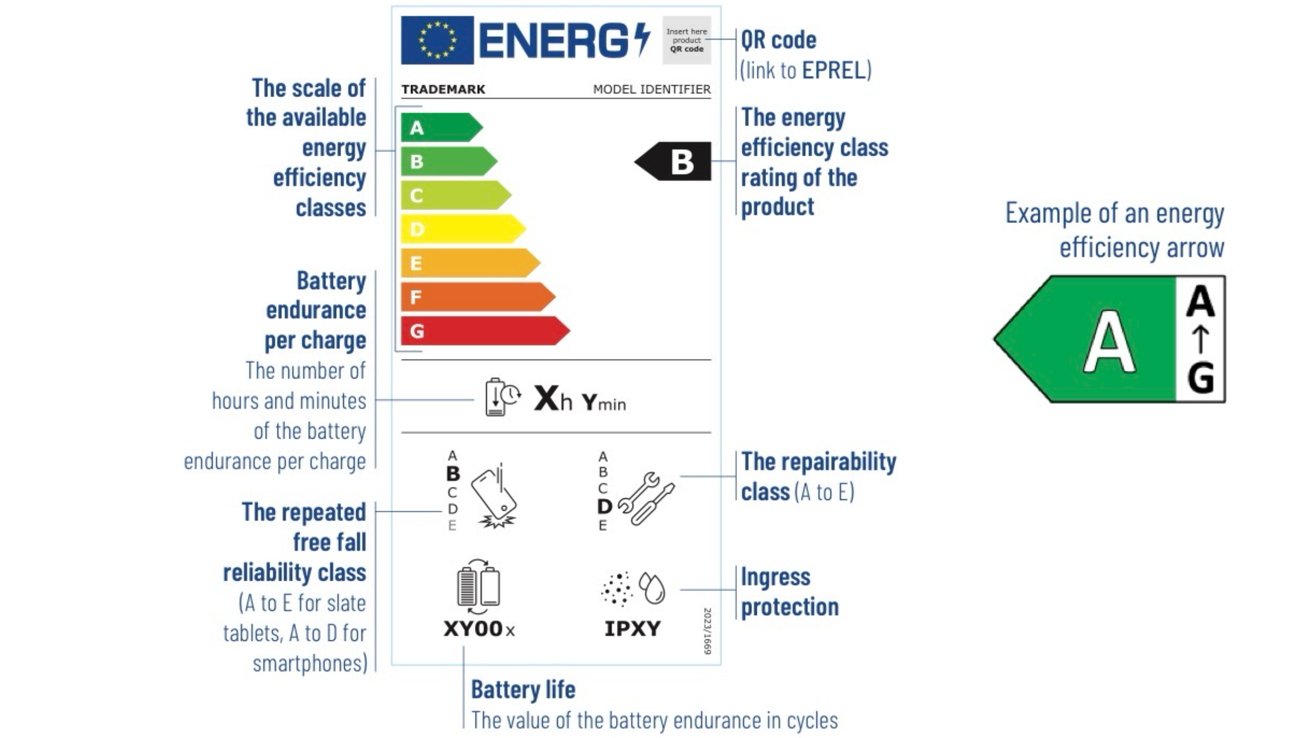














![Samsung’s Galaxy Z Fold 7 looks positively svelte in dummy hands-on [Video]](https://i0.wp.com/9to5google.com/wp-content/uploads/sites/4/2025/06/Worlds-First-Look-Hands-On-with-the-Galaxy-Z-Fold-7-dummy-1-1-screenshot.png?resize=1200%2C628&quality=82&strip=all&ssl=1)












![Apple Weighs Acquisition of AI Startup Perplexity in Internal Talks [Report]](https://www.iclarified.com/images/news/97674/97674/97674-640.jpg)
![Oakley and Meta Launch Smart Glasses for Athletes With AI, 3K Camera, More [Video]](https://www.iclarified.com/images/news/97665/97665/97665-640.jpg)

![How to Get Your Parents to Buy You a Mac, According to Apple [Video]](https://www.iclarified.com/images/news/97671/97671/97671-640.jpg)














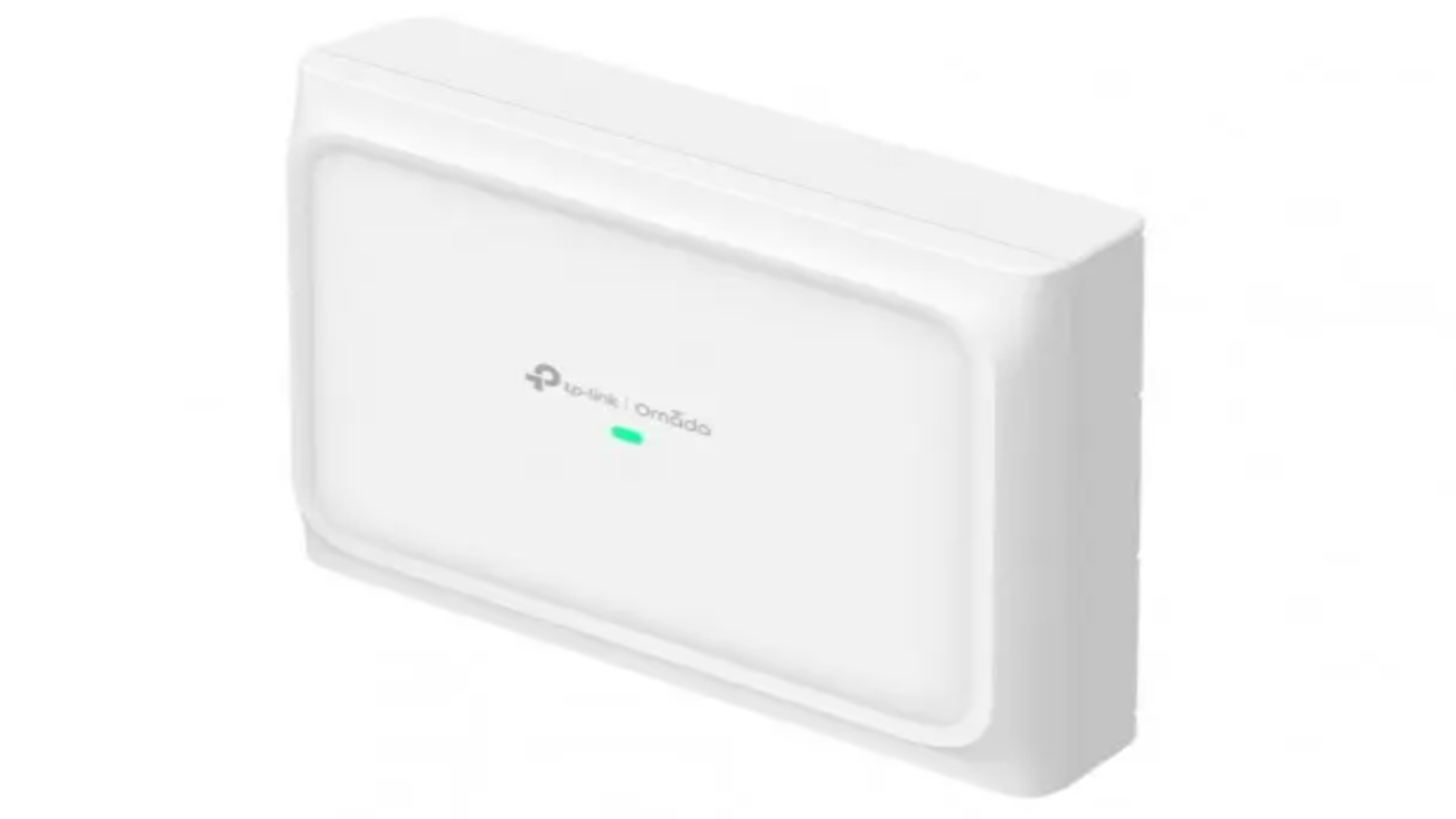

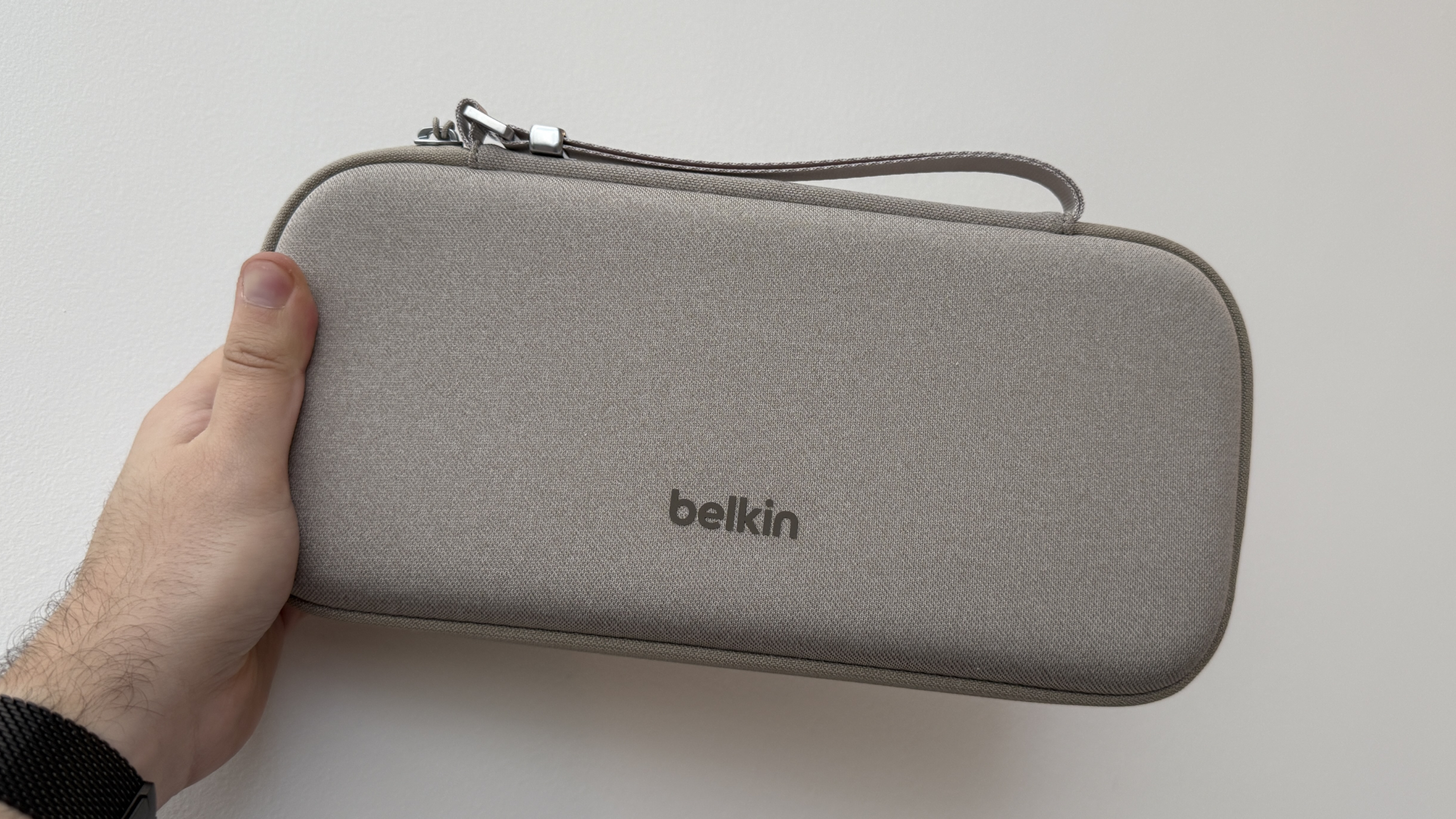



![New accessibility settings announced for Steam Big Picture Mode and SteamOS [Beta]](https://www.ghacks.net/wp-content/uploads/2025/06/New-accessibility-settings-announced-for-Steam-Big-Picture-Mode-and-SteamOS.jpg)



























